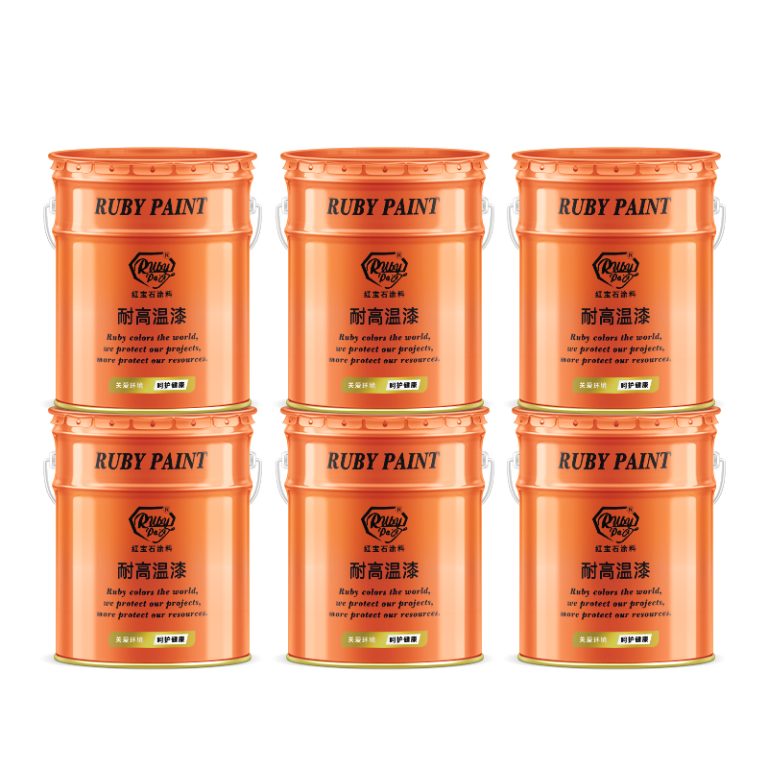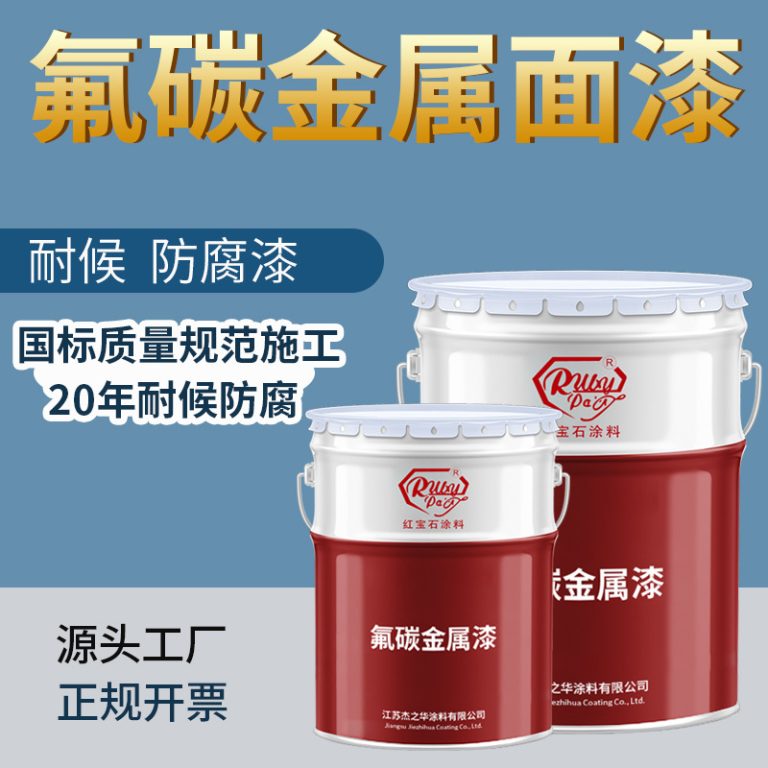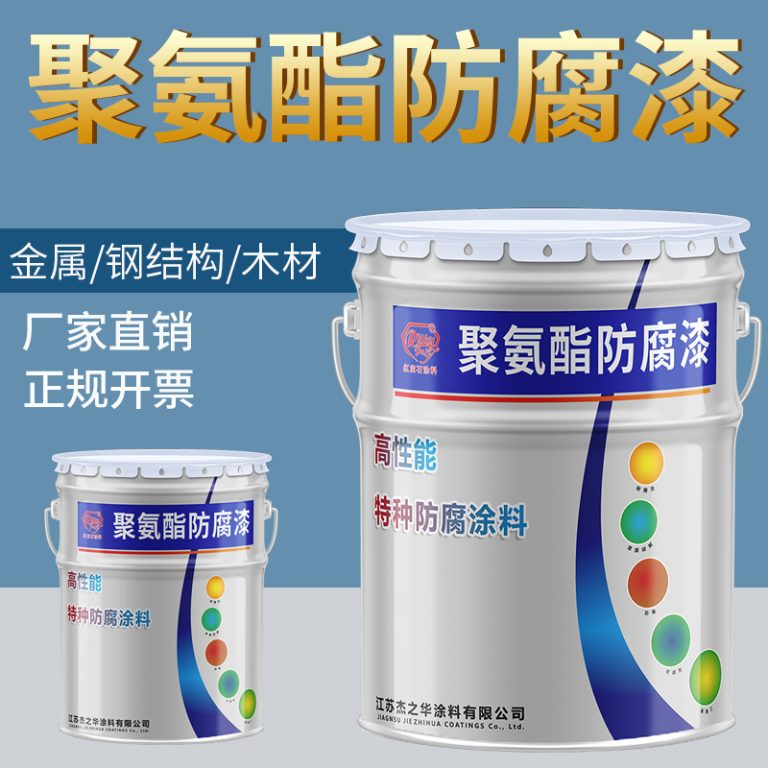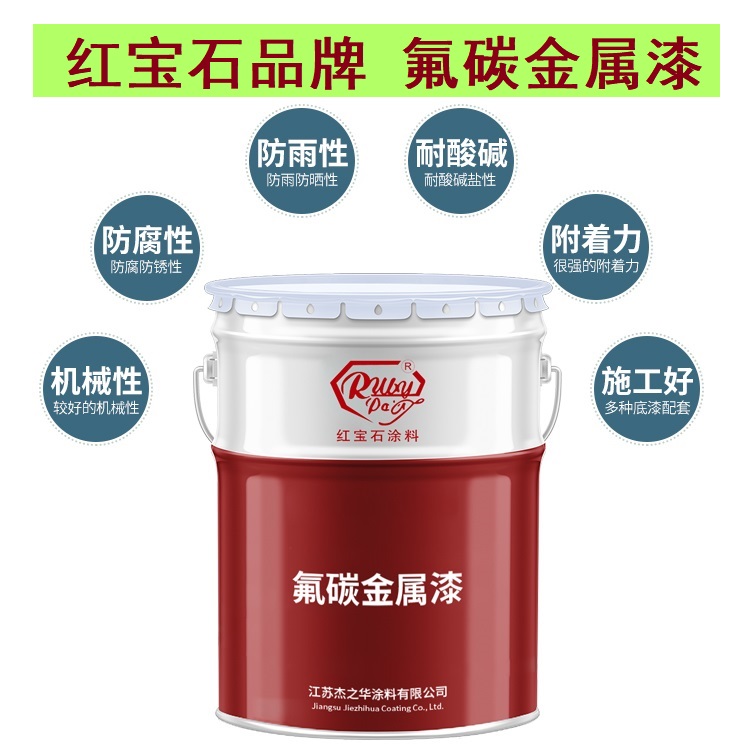Table of Contents
The Evolution of Fluorescent Paint in Car Customization
The Evolution of Fluorescent Paint in Car Customization
The automotive industry has always been at the forefront of innovation, not only in terms of mechanical advancements but also in the realm of aesthetics. One of the most striking developments in car customization over the years has been the use of fluorescent paint, a trend that has evolved from niche to mainstream, capturing the imagination of car enthusiasts worldwide.
Fluorescent paint, also known as neon or day-glow paint, contains pigments that can absorb and reflect more light than conventional paints. This results in a vibrant, eye-catching appearance that is particularly noticeable in low-light conditions. Initially, these paints were developed for safety applications, such as road signs and emergency vehicles, to ensure high visibility. However, it wasn’t long before the custom car culture adopted these luminous hues to make bold statements.
In the early days, fluorescent paint was a symbol of the counterculture movement, often associated with the psychedelic era of the 1960s and 1970s. Vehicles adorned with these bright colors stood out dramatically against the more subdued tones of factory paint jobs, reflecting the individuality and rebellious spirit of their owners. As the trend gained traction, it began to influence mainstream car culture, with manufacturers taking note of the public’s growing fascination with these vivid colors.
The process of applying fluorescent paint to a vehicle is more complex than that of standard automotive paint. It requires a meticulous approach to ensure the longevity and brightness of the finish. Typically, a white base coat is applied first to enhance the neon effect, followed by multiple layers of the fluorescent paint to achieve the desired intensity. A protective clear coat is then added to shield the paint from ultraviolet rays, which can cause fading over time.
Advancements in paint technology have significantly improved the quality and durability of fluorescent paints. Modern formulations are more resistant to the elements, ensuring that the colors remain vibrant for longer periods. Additionally, the introduction of new pigments and clear coat systems has expanded the palette of available fluorescent colors, providing an even greater range of customization options for car enthusiasts.
The appeal of fluorescent paint has transcended purely aesthetic considerations. It has also been embraced by the racing community, where high visibility can be a tactical advantage. Race cars sporting fluorescent liveries are more easily spotted by drivers and spectators alike, making them stand out on the track. This practical application has further cemented the status of fluorescent paint within the automotive world.
Today, the use of fluorescent paint in car customization is a testament to the industry’s ongoing commitment to personal expression. Whether it’s a full-body neon paint job or strategically placed accents, these luminous colors offer a unique way for individuals to showcase their personality and set their vehicles apart from the crowd. The evolution of fluorescent paint from a niche interest to a widely accepted form of automotive artistry reflects the dynamic nature of car culture and its endless capacity for innovation.
As we look to the future, it is clear that fluorescent paint will continue to evolve, driven by technological advancements and the ever-changing tastes of car enthusiasts. What began as a tool for enhancing visibility has transformed into a vibrant medium for self-expression, proving that in the world of car customization, the only limit is one’s imagination.
Safety and Style: The Benefits of Using Fluorescent Paint on Cars
Safety and Style: The Benefits of Using Fluorescent Paint on Cars
In the realm of automotive aesthetics and safety, fluorescent paint stands out as a remarkable innovation that serves dual purposes. This vibrant coating not only imparts a unique and eye-catching appearance to vehicles but also significantly enhances their visibility, thereby contributing to road safety. The use of fluorescent paint on cars is a topic that merits attention for its practical benefits and the flair it adds to automotive design.
| No. | Product Name |
| 1 | Industrial paint |
Fluorescent paints, by their very nature, are highly luminous. They contain pigments that have the ability to absorb light and re-emit it, creating a glowing effect that is particularly noticeable during twilight hours and in low-light conditions. This property makes vehicles painted with fluorescent colors more conspicuous on the road, reducing the likelihood of accidents caused by poor visibility. In fact, studies have shown that fluorescent-painted vehicles are less likely to be involved in collisions, as they can be detected from greater distances than those with standard paint finishes.
Moreover, the safety advantage conferred by fluorescent paint is not limited to the twilight hours. Even in daylight, these paints offer superior visibility compared to traditional car colors. The bright hues can cut through the visual clutter of the road, making the vehicle stand out amidst a sea of traffic. This is especially beneficial in inclement weather conditions such as fog, rain, or snow, where the reflective quality of fluorescent paint can make a significant difference in being seen by other road users.

Aside from the safety aspect, fluorescent paint also allows car owners to express their personal style. The automotive industry has seen a growing trend in customization, with drivers seeking to make their vehicles unique. Fluorescent paint offers an extensive palette of vivid colors that can be tailored to individual tastes, enabling motorists to personalize their cars in a way that reflects their personality. Whether it’s a bright neon green, a bold electric blue, or a radiant hot pink, these colors can transform a car into a mobile work of art that captures attention wherever it goes.
| Serial No. | Article Name |
| 1 | Epoxy Zinc rich paint |
The application of fluorescent paint is a meticulous process that requires expertise to ensure durability and the desired visual effect. The paint must be applied evenly and with precision to achieve the characteristic glow. Additionally, a protective clear coat is often applied over the fluorescent layer to shield it from the elements and to maintain its vibrancy over time. This clear coat helps to prevent fading, which is particularly important for fluorescent colors as they can be more susceptible to the degrading effects of sunlight and weathering.
In conclusion, the use of fluorescent paint on cars presents a compelling combination of safety and style. Its luminous quality offers an enhanced level of visibility that can play a crucial role in preventing accidents, making it a wise choice for safety-conscious drivers. At the same time, the striking appearance of fluorescent-painted vehicles allows for self-expression on the road, setting them apart from the conventional car colors. As the automotive industry continues to evolve, it is likely that we will see an increasing number of vehicles adorned with these vibrant hues, as drivers around the world recognize the benefits that fluorescent paint can bring to both their safety and their sense of style.
DIY Tips for Applying Fluorescent Paint to Your Vehicle
Title: Fluorescent Paint Car
When it comes to personalizing a vehicle, applying fluorescent paint is one of the most striking modifications an enthusiast can undertake. This type of paint not only gives the car a unique appearance but also enhances its visibility, particularly under ultraviolet light. However, the process of applying fluorescent paint to a vehicle is intricate and requires careful preparation and execution. Here are some DIY tips to ensure that your fluorescent paint job is both vibrant and enduring.
Firstly, it is essential to choose the right environment for the task. Painting should be done in a well-ventilated area, free from dust and debris, to prevent imperfections in the paint’s finish. The temperature of the environment is also crucial; it should be neither too hot nor too cold, as extreme temperatures can affect the paint’s consistency and drying time.
Before you begin painting, the vehicle must be thoroughly cleaned to remove any dirt, grease, or old paint. This can be achieved by using a high-quality degreaser and sandpaper to create a smooth surface for the new paint to adhere to. It is important to ensure that the surface is completely dry before proceeding to the next step.
The next phase involves priming the vehicle. A high-quality primer will not only provide a good surface for the paint to bond to but also help in bringing out the vibrancy of the fluorescent paint. It is advisable to apply multiple thin coats of primer, allowing each coat to dry thoroughly before applying the next. This will help prevent runs and drips, which can be particularly noticeable with fluorescent colors.
Once the primer is dry, it is time to apply the fluorescent paint. Fluorescent paint is typically thinner than regular automotive paint, so it may require multiple coats to achieve the desired intensity and evenness. Patience is key during this process; rushing can lead to a patchy finish. Each coat should be allowed to dry completely before the next is applied, and it is often beneficial to lightly sand between coats to ensure a smooth finish.
After the final coat of fluorescent paint has been applied and has dried, it is imperative to protect it with a clear coat. This clear coat will seal the fluorescent paint, providing a barrier against the elements and UV rays, which can cause the paint to fade over time. Several layers of clear coat may be necessary to achieve a glossy, protective finish. As with the previous steps, allow each layer to dry thoroughly before applying the next.
Finally, after the clear coat has dried, a thorough inspection of the vehicle’s surface should be conducted. Any imperfections, such as drips or orange peel, can be addressed by wet sanding and then polishing to a high shine. This will not only improve the appearance of the paint job but also ensure its longevity.
In conclusion, applying fluorescent paint to a vehicle is a meticulous process that demands attention to detail and patience. By carefully preparing the surface, applying multiple thin coats of paint, and sealing with a clear coat, you can achieve a stunning and durable finish. Remember that the key to a successful fluorescent paint job lies in the preparation and the quality of the materials used. With these tips in mind, you can transform your vehicle into a luminous masterpiece that stands out both day and night.






